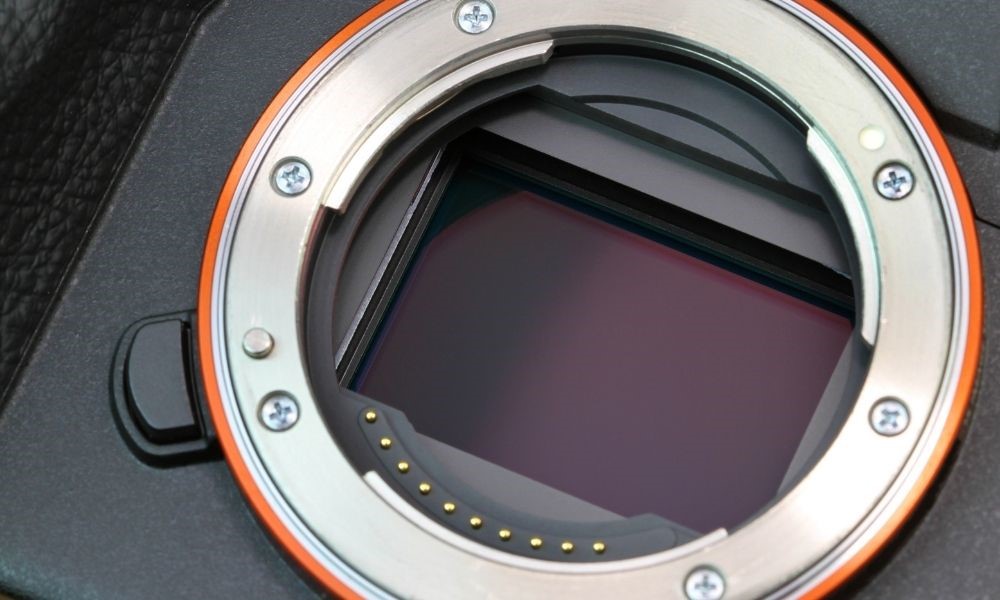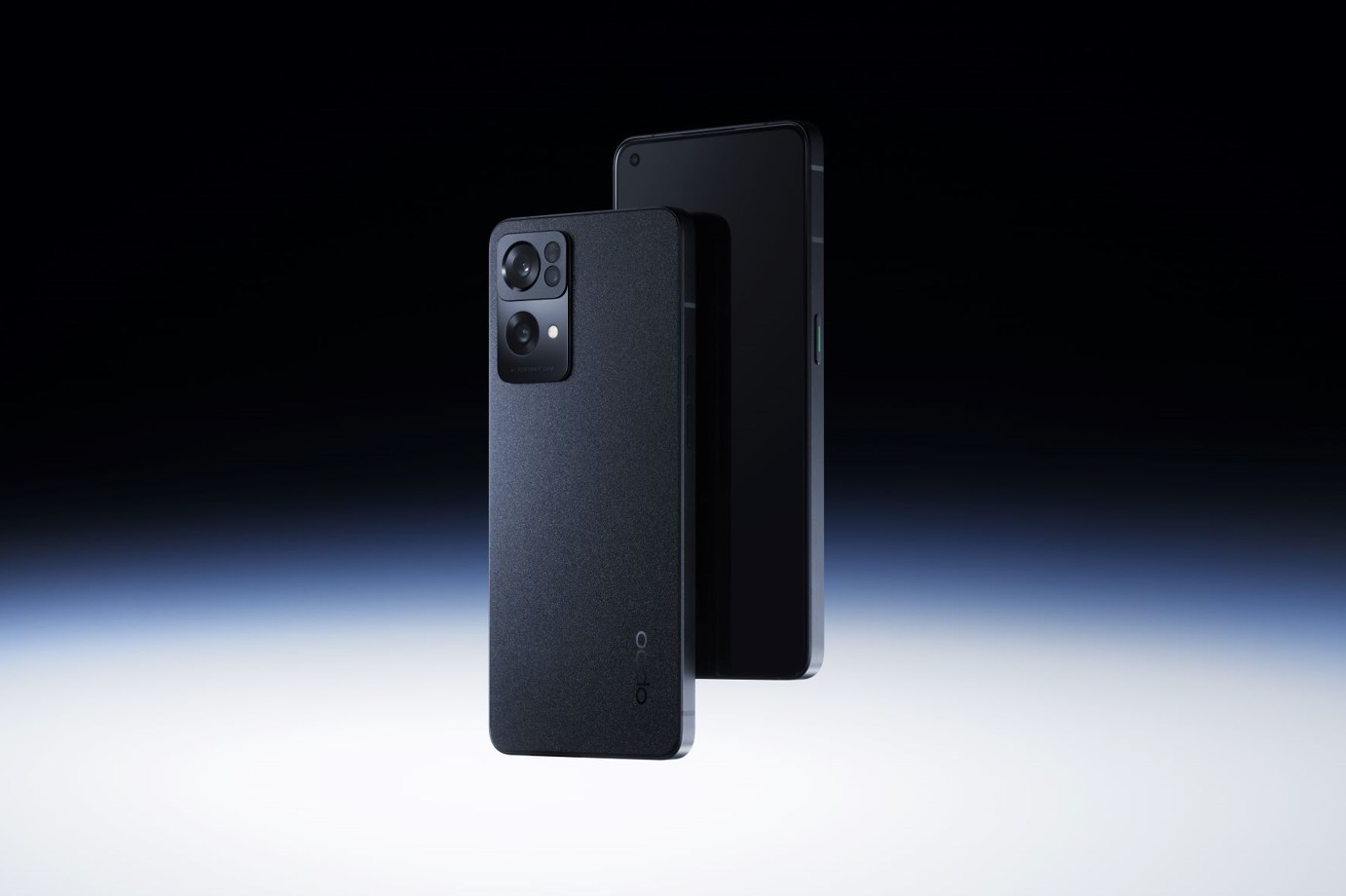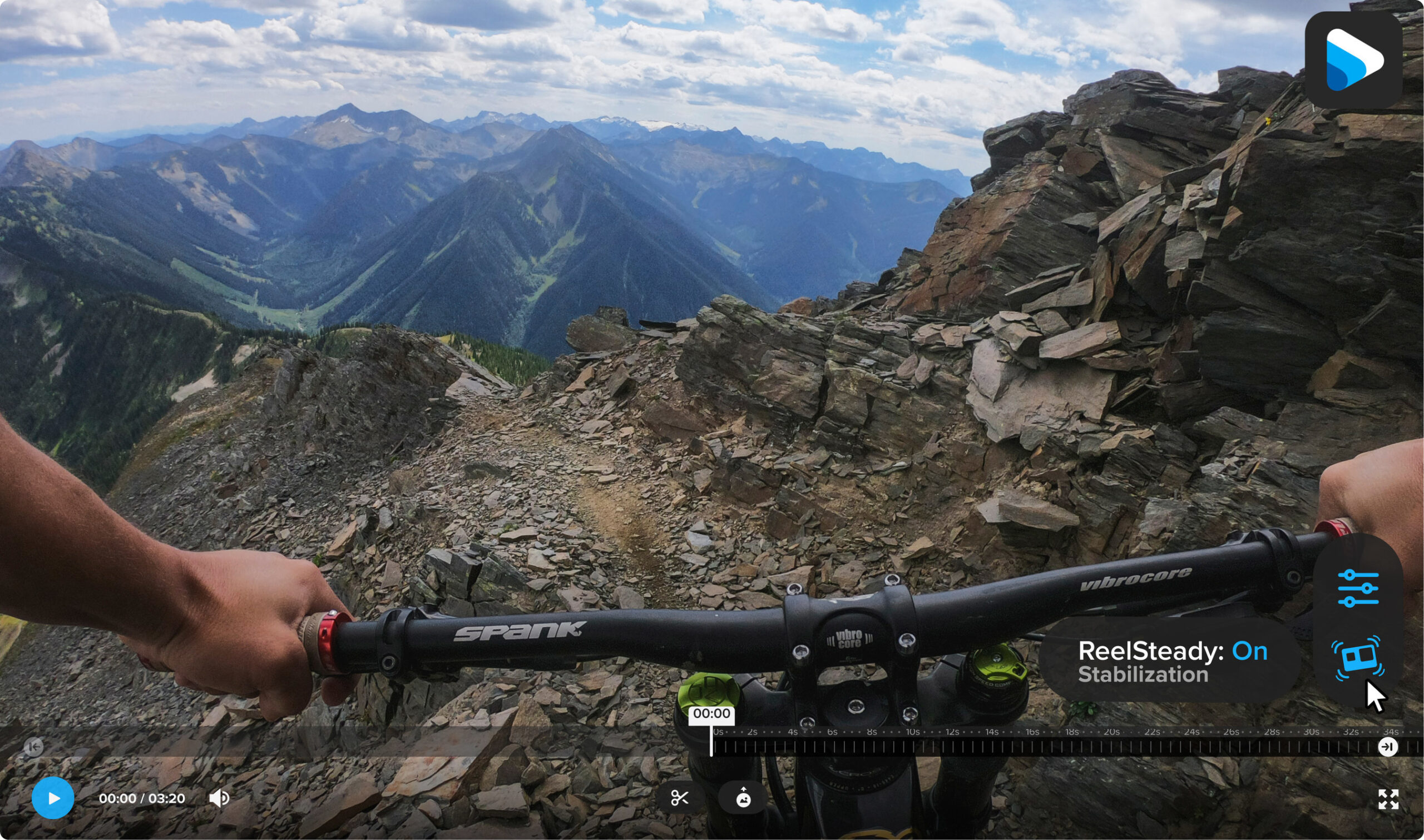Advantages of a Full-Frame Camera

Is there a reason why so many pros and discriminating, amateur photographers choose a camera with 24 x 36mm sensors? Simply full-frame lenses give them an edge, both in terms of image quality and creative control. To understand exactly how this works you must understand pixel size and pixel density (# of pixels per square mm). Each one will affect image quality.
To use a full-frame camera, you must have a full-frame lens that provides a large selection of speeds and angles. Read this brief guide on the advantages of a full-frame camera over a cropped sensor camera.
5 Reasons Why a Full-Frame Sensor is Better Than a Cropped Sensor
When considering the sensor in your camera, consider these five things:
- Full-frame cameras have bigger, better pixels. The larger the sensor, the larger each pixel will be for a sensor of any given megapixel rating (MP). Larger pixels can capture more color information and capture incoming light with greater efficiency and less noise than smaller pixels. All these characteristics enhance the accuracy, realism, and vibrancy of a given image.
- Full-frame cameras can deliver a higher resolution. Full-frame sensors can be configured to provide higher MP ratings and greater resolution than smaller sensors. This enhances the sensor’s ability to capture fine detail. The pixels are still large enough to retain the large sensor advantages of high image quality, extended dynamic range, etc.
- Full-frame cameras provide an enhanced depth of field. Full-frame cameras require a longer focal length lens to cover a 24x36mm format at any given coverage than smaller sensor cameras. As a result, full-frame lenses of equivalent coverage provide a shallower depth-of-field at any given aperture, so long as the images being compared have the same field of view (framing).
- Full-frame cameras let you output oversize images. Since full-frame cameras capture more information at every pixel point, they deliver huge RAW image files that can be printed out or digitally projected in large exhibition and gallery sizes.
- Full-frame images can be radically cropped. Cropping is one of the prime creative tools of a photographer. Many images can be enhanced by cropping out distracting details or bringing out dynamic elements. It’s a lot easier to crop images shot with a full-frame sensor without compromising image quality or increasing visual noise because you start with more information and detail to begin with.
These five advantages are excellent reasons for choosing a full-frame digital camera. And, through the magic of advanced image processing software and sensor design, leading cameras can deliver pro-caliber performance. We hope this brief guide on the advantages of a full-frame camera helps you make a valuable decision when you are choosing your next camera.





